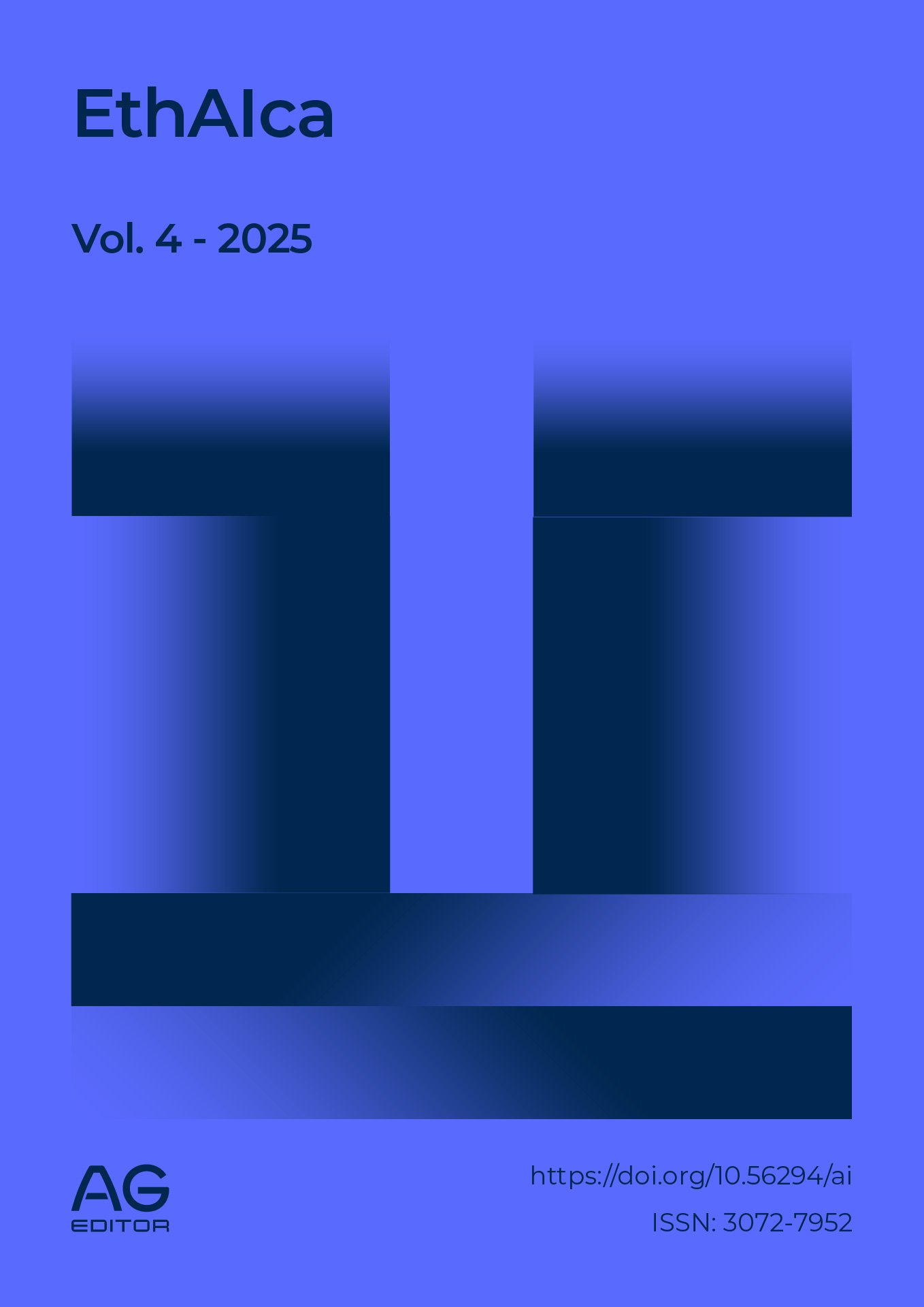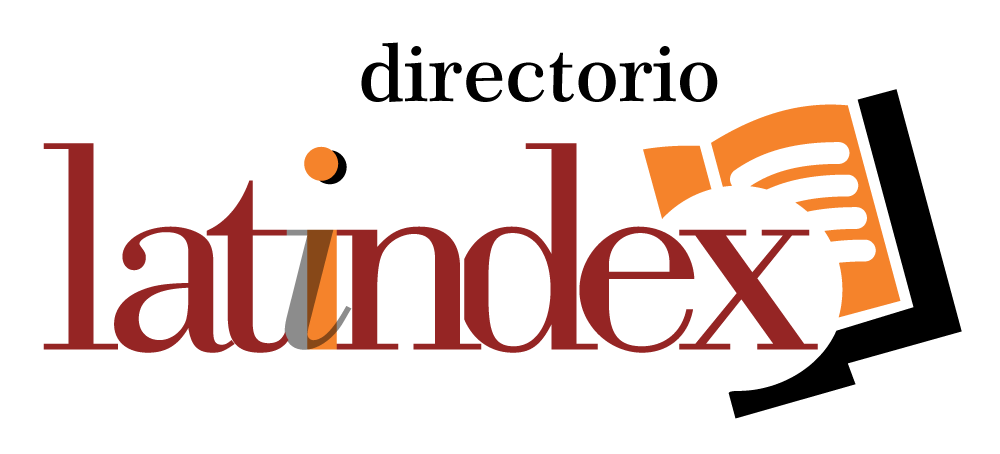The risk of moral outsourcing: why artificial intelligence cannot and should not make our ethical decisions
DOI:
https://doi.org/10.56294/ai2025428Keywords:
AI Ethics, Moral Outsourcing, Computational Ethics, Decision-Making, AccountabilityAbstract
Introduction: The delegation of ethical decision-making to artificial intelligence (AI), a practice termed 'moral outsourcing,' was examined.
Objective: This paper critically analyzes the philosophical and social implications of moral outsourcing to AI.
Method: A philosophical and theoretical analysis was conducted, synthesizing arguments from ontology, ethics, and social theory.
Results: The analysis revealed three core arguments against this practice. First, an ontological gap was identified; AI systems lacked the consciousness and subjective experience necessary for genuine moral agency. Second, the study found that the rich, contextual nature of human ethics could not be successfully reduced to formal logic without mechanizing historical biases and losing essential meaning. Third, it was argued that moral outsourcing would lead to an atrophy of human moral reasoning skills and an erosion of accountability.
Conclusions: It was concluded that AI should be developed as a tool to augment, not replace, human judgment, and that the final authority for ethical choice must remain a fundamentally human responsibility.
References
1. Awad E, Dsouza S, Kim R, Schulz J, Henrich J, Shariff A, et al. The Moral Machine experiment. Nature. 2018;563(7729):59-64.
2. Santana-Soriano E. Ética y filosofía de la inteligencia artificial: debates actuales. La Barca de Teseo. 2023;1(1):47-64.
3. Searle JR. Minds, Brains, and Programs. Behavioral and Brain Sciences. 1980;3(3):417-57.
4. Nagel T. What Is It Like to Be a Bat? The Philosophical Review. 1974;83(4):435-50.
5. Siau K, Wang W. Artificial Intelligence (AI) Ethics: Ethics of AI and Ethical AI. Journal of Database Management. 2020;31(2):74-87.
6. Hanna R, Kazim E. Philosophical foundations for digital ethics and AI Ethics: a dignitarian approach. AI and Ethics. 2021;1:405-23.
7. Prem E. Approaches to Ethical AI. In: Werthner H, et al., editors. Introduction to Digital Humanism. Springer; 2023.
8. Kant I. Groundwork of the Metaphysics of Morals. Gregor M, Timmermann J, translators. Cambridge University Press; 2012. (Original work published 1785).
9. Mill JS. Utilitarianism. Hackett Publishing Company; 2001. (Original work published 1863).
10. Aristotle. The Nicomachean Ethics. Thomson JAK, translator. Penguin Classics; 2004. (Original work c. 350 BCE).
11. Dancy J. Ethics Without Principles. Oxford University Press; 2004.
12. Crawford K. Atlas of AI: Power, Politics, and the Planetary Costs of Artificial Intelligence. Yale University Press; 2021.
13. O'Neil C. Weapons of Math Destruction: How Big Data Increases Inequality and Threatens Democracy. Crown; 2016.
14. Burrell J. How the machine 'thinks': Understanding opacity in machine learning algorithms. Big Data & Society. 2016;3(1).
15. Kohlberg L. The Philosophy of Moral Development: Moral Stages and the Idea of Justice. Harper & Row; 1981.
16. Carr N. The Shallows: What the Internet Is Doing to Our Brains. W. W. Norton & Company; 2011.
17. Matthias A. The responsibility gap: Ascribing responsibility for the actions of learning automata. Ethics and Information Technology. 2004;6(3):175-83.
18. Siau K, Wang W. Artificial Intelligence (AI) Ethics: Ethics of AI and Ethical AI. Journal of Database Management. 2020;31(2):74-87.
19. Sparrow R. Killer Robots. Journal of Applied Philosophy. 2007;24(1):62-77.
20. Habermas J. The Theory of Communicative Action, Volume 1: Reason and the Rationalization of Society. McCarthy T, translator. Beacon Press; 1984.
21. Sandel MJ. Justice: What's the Right Thing to Do? Farrar, Straus and Giroux; 2009.
22. Rueda J. ¿Automatizando la mejora moral humana? La inteligencia artificial para la ética. Daimon. Revista Internacional de Filosofía. 2023;89:199-209.
Downloads
Published
Issue
Section
License
Copyright (c) 2025 Mohammed Zeinu Hassen (Author)

This work is licensed under a Creative Commons Attribution 4.0 International License.
The article is distributed under the Creative Commons Attribution 4.0 License. Unless otherwise stated, associated published material is distributed under the same licence.






